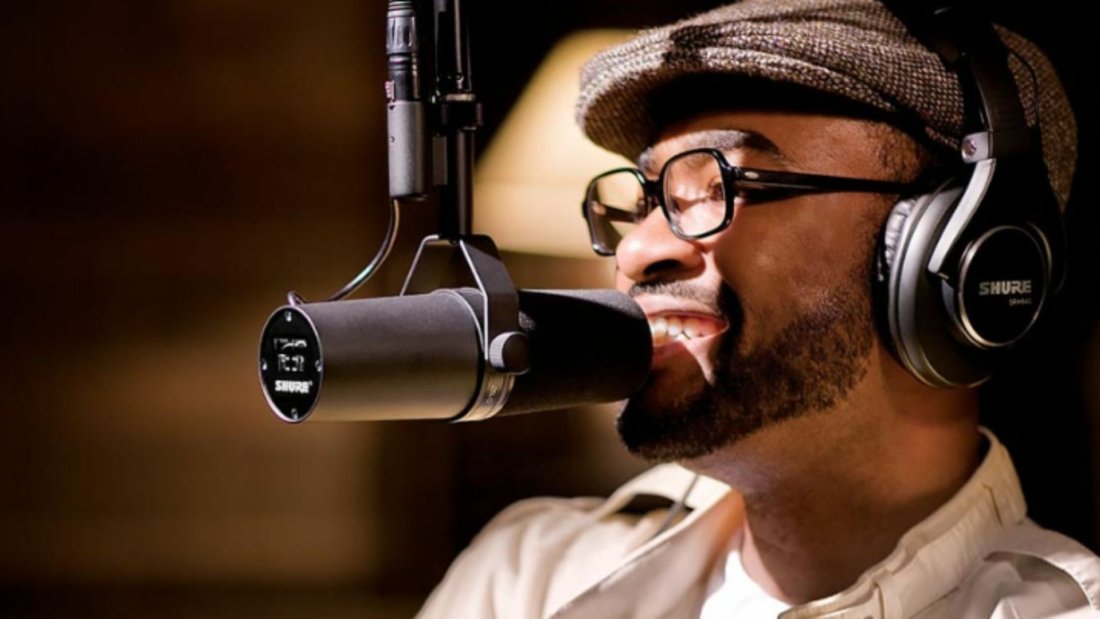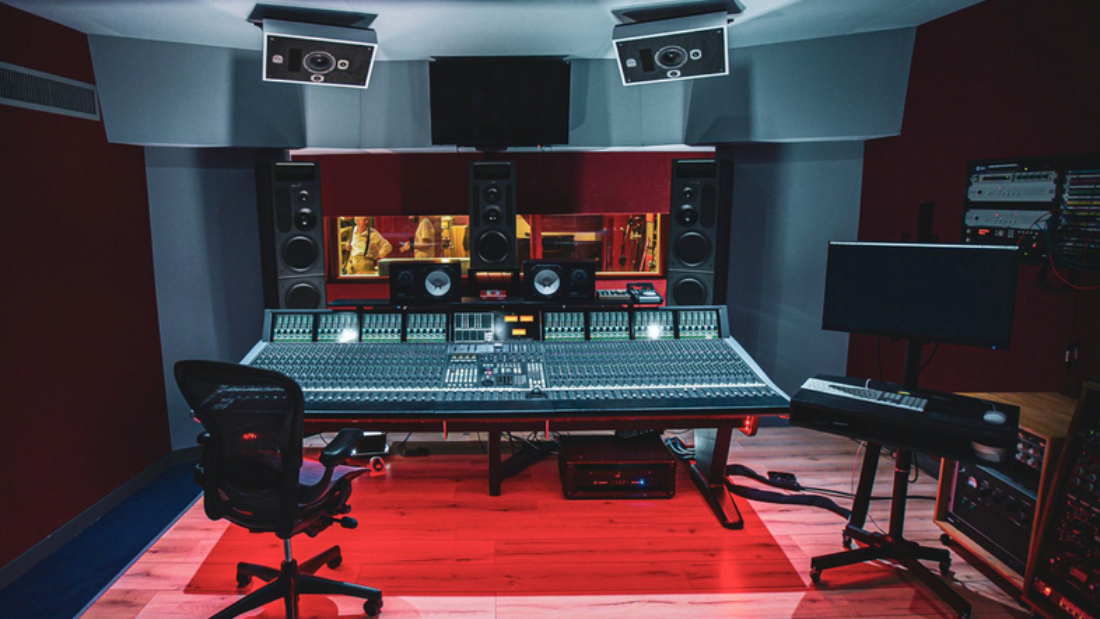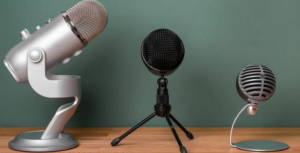In the ever-changing universe of music production, the dynamic interplay between analogue and digital gear has evolved into a fundamental approach for crafting immersive and authentic soundscapes. Whether you’re a seasoned producer well-versed in the nuances of music creation or a budding enthusiast taking your first steps into the realm of production, the idea of seamlessly blending these two distinct worlds might appear to be a formidable challenge. But fret not! This article is your compass through this musical journey, providing hands-on tips to guarantee a harmonious blend of analogue warmth with the ease and flexibility of digital workflows.

Understanding Analogue Gear
Before embarking on the integration process, take a moment to acquaint yourself with the basics of analogue gear. Analogue devices such as compressors, equalizers, and synthesizers operate by transforming electrical signals into sound. Renowned for their distinctive colouration and warmth, these devices contribute a unique character to your music, making them essential components in the sonic palette.
Selecting the Right Analogue Gear
Not all analogue gear is cut from the same cloth, emphasizing the importance of thoughtful selection. Start by pinpointing the sonic qualities you wish to enhance in your music. Vintage compressors and preamps, for instance, are celebrated for infusing warmth and texture. Invest in gear that resonates with your style and aligns with your production objectives, ensuring a harmonious marriage of analogue and digital elements.
Establishing a Thoughtful Signal Chain
A well-organized signal chain acts as the backbone of a successful production workflow. Arrange your analogue gear logically, considering the sequence of signal flow. Position compressors and equalizers early in the chain to sculpt the raw audio, followed by effects like reverb and delay. Properly connect each device to maintain signal integrity, laying the foundation for seamless integration.
Balancing Levels
Achieving a delicate balance between analogue and digital components is paramount. Pay meticulous attention to levels when incorporating analogue gear into your digital setup. Let your ears guide you, making subtle adjustments to maintain a cohesive sound. This meticulous approach ensures that neither the analogue nor digital facets overpower one another, fostering a harmonious blend.
Utilizing Analogue Effects in Post-Production
While analogue gear traditionally finds its place during recording, its potential extends into post-production. Experiment by routing individual tracks or entire mixes through analogue processors during the mixing and mastering phases. This imparts a touch of analogue magic, enriching the sonic depth and character of your music.
Harnessing the Power of Hybrid Mixing
Embrace the concept of hybrid mixing, a synergy of analogue and digital processing strengths. Employ digital tools for precision and flexibility, allowing analogue gear to contribute its organic warmth. Striking a balance enables each element to shine, creating a synergy that elevates your productions to new heights.
Recording and Resampling Techniques
To fully exploit analogue gear’s benefits, consider incorporating recording and resampling into your workflow. Record the output of analogue devices onto separate tracks, providing the flexibility to manipulate and blend these recordings with the original digital sources. This approach adds layers of creativity, enhancing the overall versatility of your production.
Maintaining Consistency
Consistency is the linchpin for a polished production. Document your analogue settings, note signal chain configurations, and store presets whenever possible. This ensures that your analogue-digital fusion remains consistent across different sessions, facilitating the development of a signature sound that defines your unique musical identity.
Conclusion
Integrating analogue gear into your digital workflow need not be a daunting task. With a thoughtful approach encompassing understanding analogue fundamentals, selecting the right gear, establishing a solid signal chain, and embracing hybrid mixing techniques, you’re well on your way to creating music that seamlessly marries the best of both analogue and digital worlds. Experiment freely, trust your ears, and relish the journey of crafting genuinely unique and authentic soundscapes.
You will find the following information useful:

















